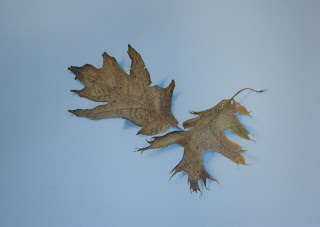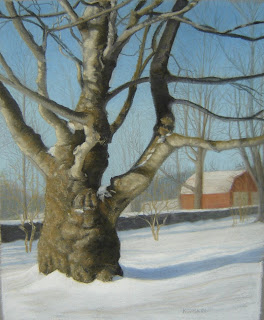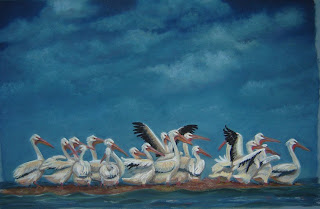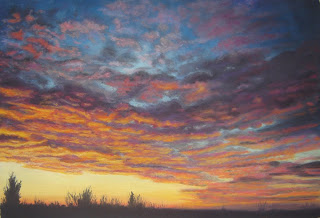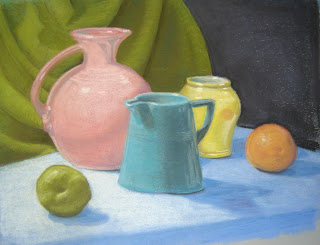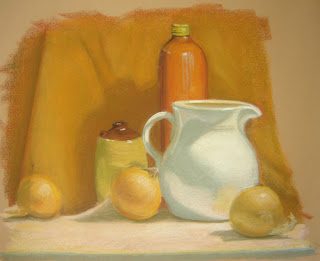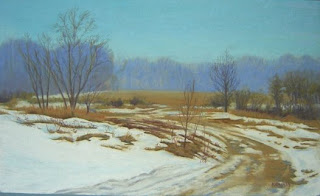
"Spring Pasture", 2008
Pastel on Strathmore paper, 9 1/2" x 16"
This painting is part of the farm series. The wagon road caught my attention as I was driving by. It pulls you into the scene. I worked in the compliments of orange and blue.
Artist/authors state the absolute importance of planning before beginning a painting. Much of my compositional and color planning is done in Adobe Photoshop on the computer. The graphics editing software allows me a lot of image control and manipulation possibilities. My color choice is usually close to the local color of the scene that I experienced and photographed.
Recently, I read Margaret Kessler’s “Color Harmony in Your Paintings” in which she stresses the importance of pre-painting planning. She writes about composition, value, and color planning. She also uses photo references, but decides the color scheme before beginning to work. In her work she may change the color scheme completely, even making a summer view into an autumn painting or a cool color scheme into a warm one. The color scheme of the painting is dependent on the feeling she wants to express. She says that using a complimentary color scheme will “create visual excitement through contrast”. By placing complimentary colors beside one another the artist can “create a strong focal point” in the painting. She does recommend that the artist emphasize one of the compliments over the other.
I am beginning to "stretch" the local color of a scene, but I have work to do to achieve more expressive colors over realistic colors.















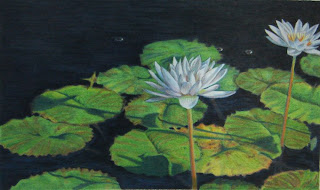
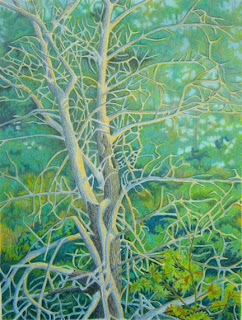

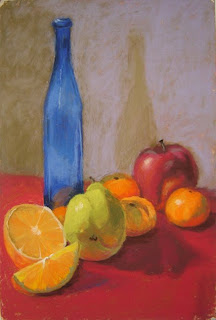
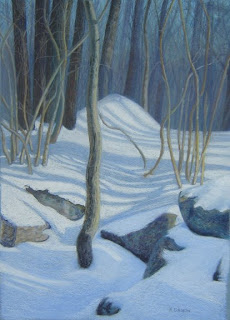
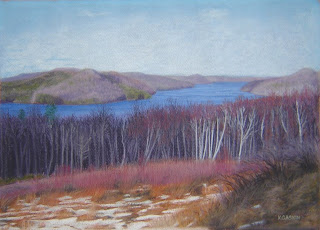
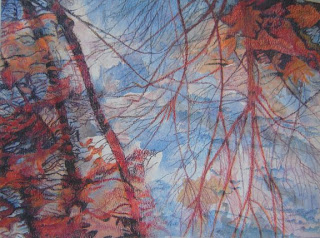
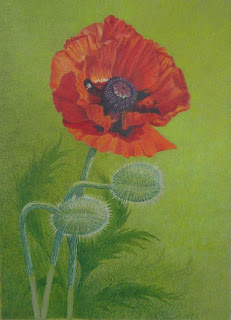
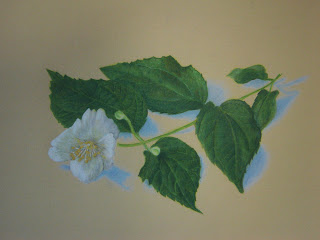
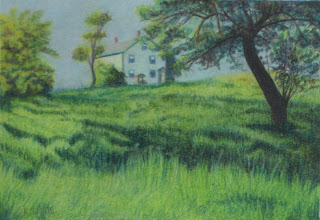 "Princeton Farm",2007
"Princeton Farm",2007